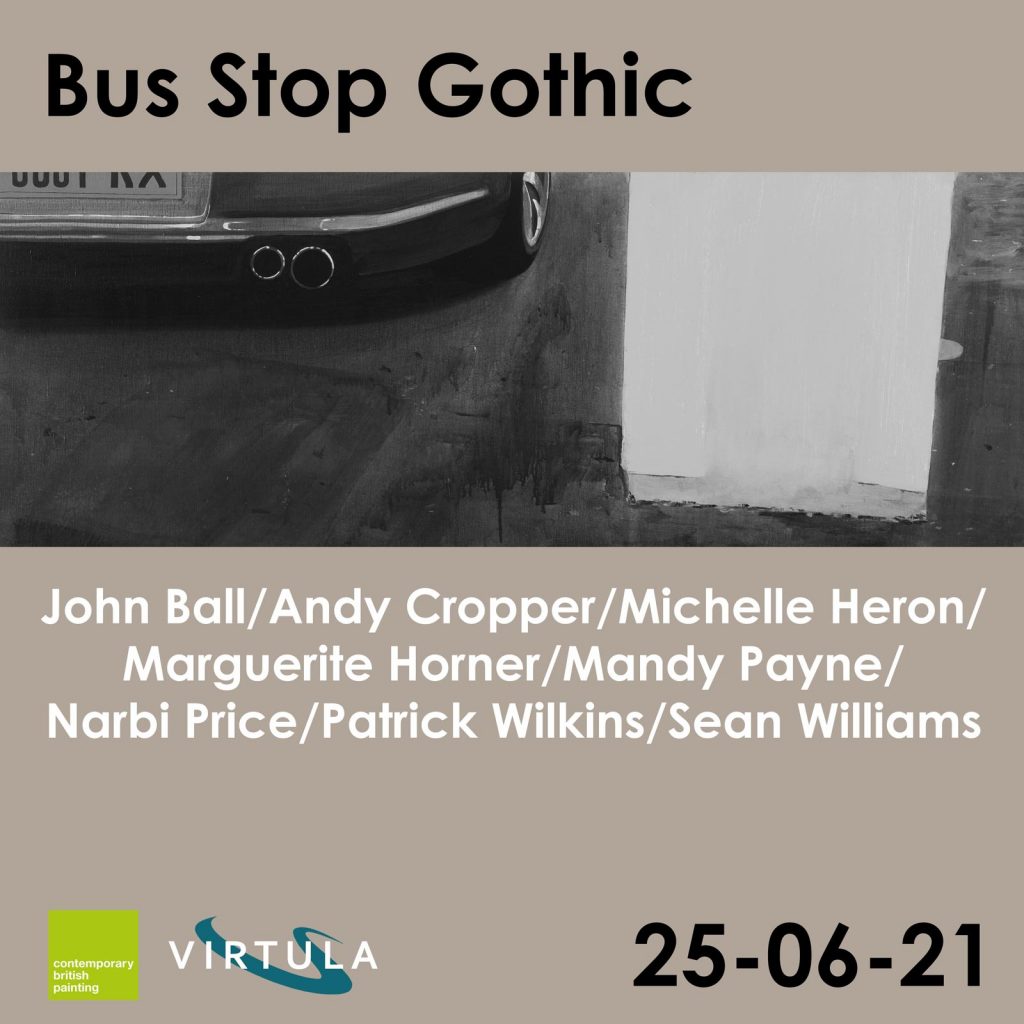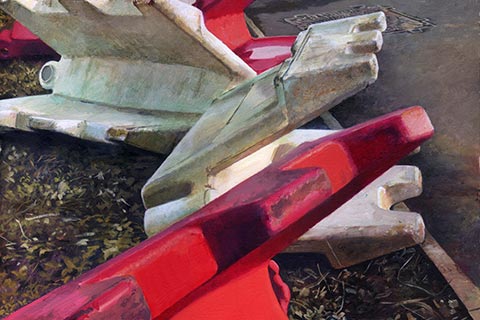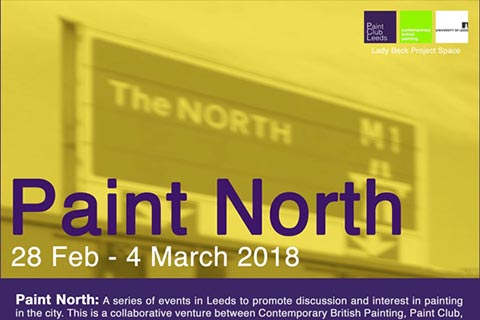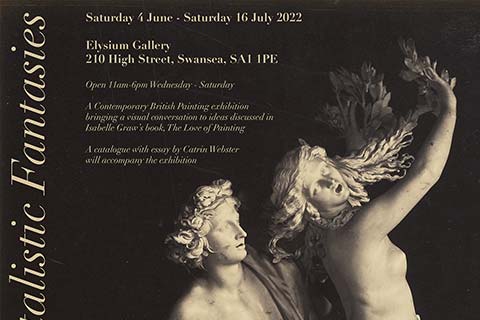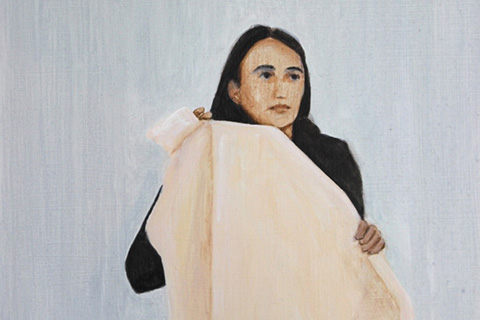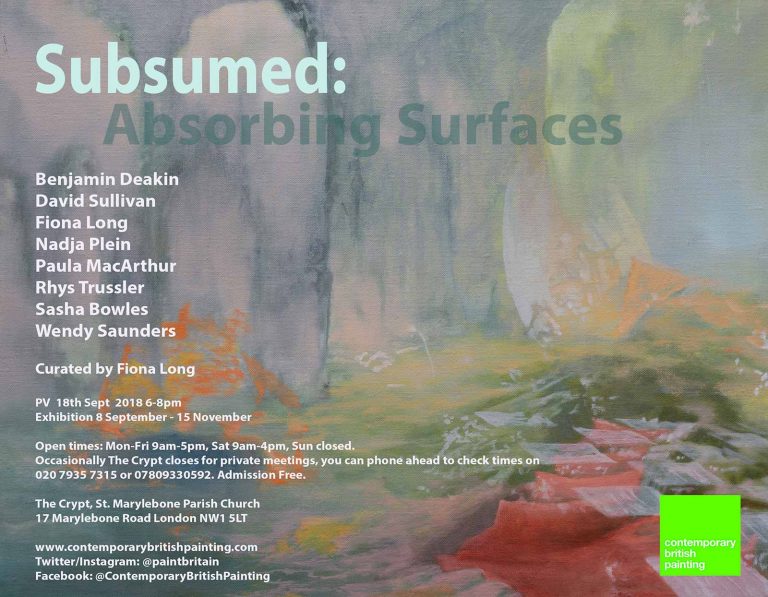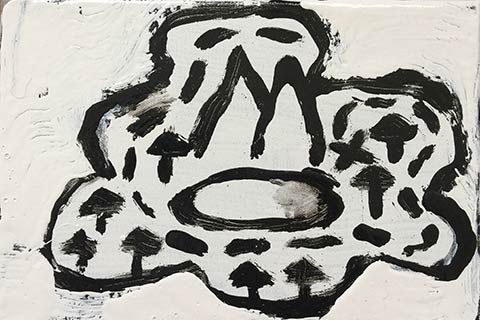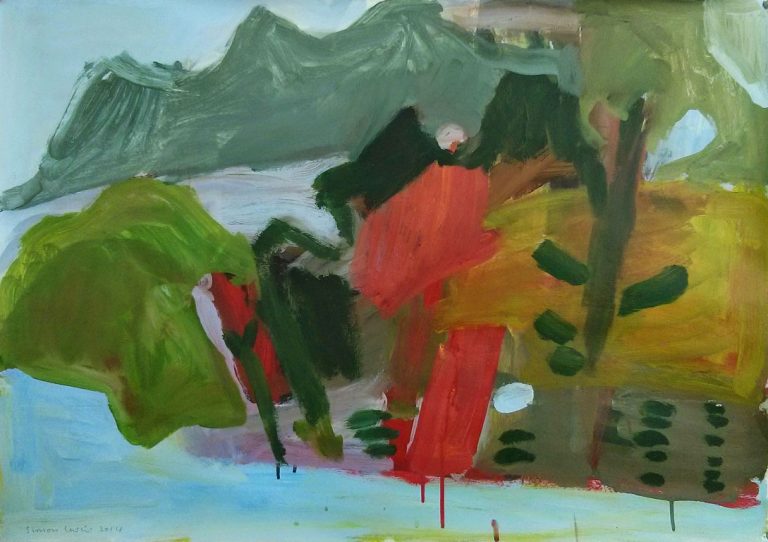Bus Stop Gothic
The ‘everyday’ or the ‘banal’ has been a source of intrigue for artists for centuries, from Vermeer’s Little Street, through Hammershøi’s empty rooms and Hopper’s filmic landscapes, to the American photorealists of the 1970s and Shaw’s contemporary Midlands housing estate.
Along with oft-used terms like ‘Edgelands’, ‘Psychogeography’, ‘the Flaneur’ and so on, it’s fair to say that ‘the Everyday’ has become something of an artistic and critical trope; its very presence and ubiquity in our lives keep it front and centre in our consciousness, whether we’re aware of it or not. As routine as brushing our teeth, we literally engage with it every day.
It is precisely this ubiquity that offers possibility to the artists in Bus Stop Gothic. The scenes in these paintings are unremarkable, but the very fact that they’ve been chosen as worthy subjects to make paintings about, suggests that there is something more lurking under the surface, something that might reveal itself with the looking. The transformational painterly hand suggests a relationship with time, with memory, with the shared and the private.
Bus Stop Gothic hints at an undercurrent running beneath the locations shown in the paintings. All unpeopled, these urban landscapes act as golems for the human habitation that’s shaped them. The disparate painterly treatments deal variously with the cinematic and uncanny, with ephemerality, with political & economic change, with dark histories both real and imagined.
Philip Larkin wrote in 1955 that, ‘Nothing like something, happens anywhere’. A twitched curtain, a fleeting shadow, anywhere and nowhere, something and nothing; the painted sites in Bus Stop Gothic are sights tight-lipped on what they’ve witnessed, the viewer complicit in their potent silence.
Dr Narbi Price,
June 2021
View Bus Stop Gothic here
